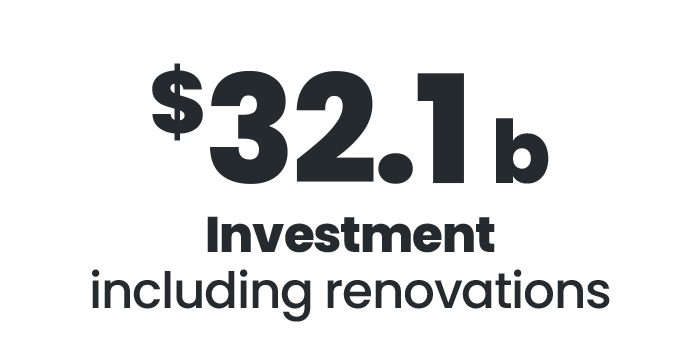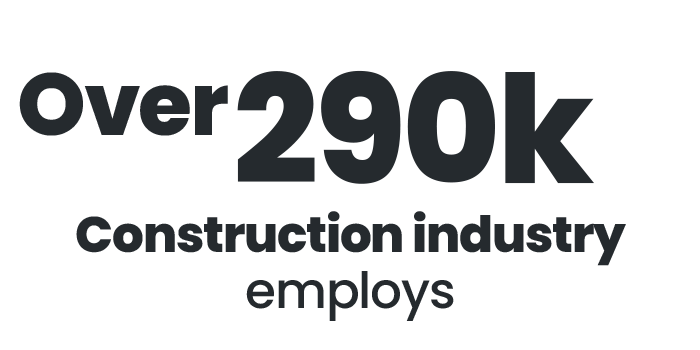{{propApi.title}}
{{propApi.text}} {{region}} Change location{{propApi.title}}
{{propApi.successMessage}} {{region}} Change location{{propApi.title}}
{{propApi.text}} {{region}} Change location{{propApi.title}}
{{propApi.successMessage}} {{region}} Change locationHIA Action Plan
HIA Action Plan
Member and guest login
Enter your email and password to access secured content, members only resources and discount prices.
Did you become a member online? If not, you will need to activate your account to login.
If you are having problems logging in, please call HIA helpdesk on 1300 650 620 during business hours.
Forgotten password
Need some help?
If you are having problems logging in, please call HIA helpdesk on 1300 650 620 during business hours.
If the email address you have entered is registered, you will receive an email with further instructions.
Become part of the HIA community
Enables quick and easy registration for future events or learning and grants access to expert advice and valuable resources.
Create a guest account
Enter your details below and create a login
The Six Priorities
Importance of Victoria's home building industry
It is a diverse and significant contributor to state economic activity and government revenue through the operation of various taxes, charges, and levies. As a sector it has close links to many other key Victorian industries ranging from mining and manufacturing to retail, rental, hiring and real estate services.
The residential construction industry also covers activities such as land development and site preparation, as well as building structure services such as architectural and engineering services. Its workforce covers numerous construction trades including framing and carpentry, plumbing, glazing, tiling, roofing, flooring and bricklaying, electrical wiring, painting, plastering, earthmoving, concreting, and landscaping.
While businesses in the industry include several ‘volume builders’ producing many thousands of homes each year it also includes smaller and bespoke builders who build homes that are more likely to be one offs.
Within this unique industry are businesses engaged in renovating and improving existing homes as well as those producing prefabricated or “kit homes”. Taken together, they all play an important role in providing the range and choice of housing Victorians want and need.
As the voice of the industry, HIA represents over 50,000 member businesses throughout Australia.
Good housing policy
Good housing policy removes barriers to new investment in housing, improves housing affordability and expands housing choice. These outcomes are key to raising economic prosperity, individual wellbeing and community liveability.
HIA considers the following principles should underpin good housing policy, providing a framework for thinking about where reforms should focus and how their impact should be measured:
- Ensure Victorians have greater choice in the type of homes they live in, and where those homes are located (diversity).
- Lower housing costs and improve housing affordability and mobility (affordability).
- Spur local and international investment in the residential construction industry (investment).
- Simplify and streamline the approvals process, which is currently a drag on the system and contributing to unnecessary cost (simplification).
- Bring more land to market now and ensure Victoria’s future land supply needs can be met (supply).
- Improve industry supply chains to reduce delays in the time it takes to build and renovate Victorian homes, without compromising building standards (productivity).
- Foster new technologies, materials and processes to create better homes that are more efficient, durable, environmentally friendly and easier to maintain (innovation)
- Improve access to social and affordable housing (accessibility).
- Create enduring growth in the residential building industry’s workforce, including apprentices, and their skills (capacity).
- Ensure a whole of government approach to housing policy that is wholistic (planning, regulation, insurance, building design and construction, resources, regional and industry policy, investment attraction, skills) (wholistic).
These principles underpin HIA’s Action Plan which identifies six priority areas where reforms are needed to improve housing construction, investment, ownership, and affordability.
HIA’s recommendations are designed to guide policy-makers on the steps they should take to address Victoria’s housing challenges, now and into the future. They have been informed by HIA members and our own research and thought leadership.
Importantly, they also mirror calls for change contained in numerous studies and reports on ways to improve planning and building reform, as well as initiatives taken in other Australian jurisdictions.1
1For example:
- Victorian Building System Review: Stage One Final Report to Government, March 2023
- Infrastructure Victoria: Our home choices - How more housing options can make better use of Victoria’s infrastructure, March 2023
- Grattan Institute: How to make housing more affordable, 2021
- Analysis of the impacts and outcomes of the ACT tax reform, University of Canberra, May 2020
- Government of South Australia Housing Package, State Budget 2023-24, June 2023.
In Victoria in 2022
The Victorian residential construction industry employs over 290,000 people and was responsible for building over 57,000 new homes in 2022. Combined with renovations activity, this was worth $32.1 billion or 6 per cent of Victorian state final demand.



HIA’s Action Plan
Policy area: Planning
| Why reform is necessary | What policy makers should do |
|
ResCode Assessments Victoria’s residential code assessment model giving councils discretion to approve compliant development, is not a level playing field. Some compliant development is being blocked from entering the supply chain. The VicSmart 10-business day decision pathway is also being underutilised. |
|
|
Significant Housing Projects The Development Facilitation Program (DFP) is currently open to major projects on “shovel ready” land near an activity centre. There are other infrastructure ready sites where this program could be operational. Decisions are also sitting in the range of 1-2 years, where the program objective is less than 12 months. |
|
|
Housing target commitments Local government areas determine housing supply through their land use planning strategies, zoning and overlay decisions. Tighter regulatory controls constrain housing supply, hampering the achievement of the state government’s plan to keep housing approvals at an average of more than 50,000 new homes a year. |
|
Policy area: Land supply
| Why reform is necessary | What policy makers should do |
|
Melbourne’s greenfield land supply pipeline will run out before 2041. That’s less than 18 years supply. A predictable and steady land supply is required to keep pace with demand. Melbourne’s growth areas are currently contributing around 55 per cent of new housing growth because they offer housing choice, affordability a sense of place and therefore satisfy consumer needs. |
|
Policy area: Property taxes
| Why reform is necessary | What policy makers should do |
|
Melbourne home buyers pay about 40 per cent of the cost of a new house and land package in taxes, fees and charges - locking thousands of Victorians out of home ownership. Development/infrastructure contributions can collectively amount to between $37,000 and $77,000 per dwelling in Victoria. Victorians pay the highest rate of stamp duty in Australia. |
|
Policy area: Domestic building contracts
| Why reform is necessary | What policy makers should do |
|
The Domestic Building Contracts Act 1985 is out of date and imposes several unnecessary or poorly targeted restrictions on both owners and residential builders. The requirements around cost escalations, progress payments and timing of signing contracts are not fit for the purposes of builders or consumers. In addition, should a building dispute arise between a consumer and a builder, both parties are poorly served by the existing measures to resolve matters through the mandatory domestic building dispute resolution process run by Domestic Building Dispute Resolution Victoria (DBDRV). |
Immediate actions
Introduce a new Act to regulate home building contracts
|
Policy area: Building Standards
| Why reform is necessary | What policy makers should do |
|
The National Construction Code 2022 imposes significant changes to make housing more accessible, manage and prevent condensation and achieve higher levels of energy efficiency. Businesses need time to understand the new requirements, make the necessary changes to their business practices, update home designs, build display homes and inform customers. The Building System Review seems to have stalled. Its initial findings, and a report by Cladding Safety Victoria, have highlighted a number of concerns about the quality of class 2 buildings including waterproofing and fire separation as well as cladding. |
|
Policy area: Skills and training
| Why reform is necessary | What policy makers should do |
|
The nature of home building is changing due to technologies, processes, and innovations in building materials, as well as complex regulatory requirements. Many older builders are retiring. Others are exiting the industry due to uncertainty and challenging economic conditions. Shortages of skilled workers continue to place a brake on building industry capacity. There is an urgent need to invest in workforce capacity and capability, including growing apprenticeships, to ensure home builders have the workforce they need to meet Victoria’s future housing needs. |
Work with industry to ensure the Victorian Government’s 2023 Skills Plan prioritises VET reforms that will:
|
